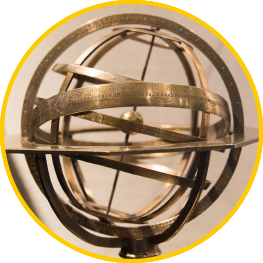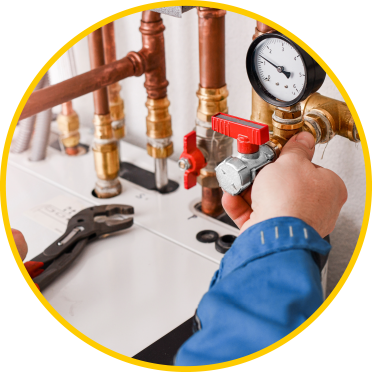
Welcome to #ChooseBrass, your portal to discovering the versatility and
value of brass rod and why it is…


Antimicrobial and safe for
drinking water, protecting
our critical infrastructure
and communities.


Machinable and readily
available, a future-proof
investment for any industry.


100% recyclable and >95%
recycled content, for a better
world and future.
Brass rod has become the building block of complex machined parts that keep engines running, airplanes flying, fire trucks responding, tractors plowing, medical ventilators saving lives… and so much more.
Join us on this exciting journey as we explore the advantages and applications of brass rod, and why it’s the safe, secure, and sustainable choice for your next project.
Brass: The Safe Choice Infographic
Explore our Interviews page to watch enlightening conversations with key figures in the copper community.

Did you know one of humanity’s oldest metals
was born by accident?
Ancient craftsmen working with copper stumbled upon its reaction with zinc, and brass was born. This accidental discovery helped spark a whole new field - metallurgy, the science of fusing metals, which became an industry giant we still rely on today.
Brass proved to be harder, shinier, and tougher than either copper or zinc. Its unique properties soon found their way into countless industries, from buildings to instruments, tools to trinkets.
As time went on, metalworkers became alchemists, creating different
combinations of brass to suit specific needs. Some became extra strong for
construction, while others took on a beautiful golden hue for delicate jewelry.
The story of brass is a testament to human curiosity, a symbol of innovation, and a
reminder that sometimes the best things in life come from unexpected mix-ups.
The first known use of brass dates back to around 2500 BC in Egypt, in tools and ornaments.
Brass is the material of choice for patient-specific apertures used in proton therapy for cancer treatment.
Uncoated brass surfaces are inherently antimicrobial and continuously kill human pathogens, including MRSA.
Today, there are dozens of brass alloy solutions available on the market, each with a unique set of properties for specific applications.
In 2022, North American demand for brass rod was approximately 185,000 metric tonnes.
Brass rod is manufactured using >95% recycled content and is fully recyclable.
#The SafeChoice
Millions of Americans are exposed to lead-contaminated water. NSF/ANSI 61 recently lowered the permissible level of lead-leaching from products by 5X. Seven brass rod alloys are the only materials proven to meet these new criteria. Beyond water safety, these alloys also play a crucial role in promoting safety across various sectors, including manufacturing, firefighting, automotive, and healthcare, for safer communities, and a safer future.
#TheSafeChoice: Brass Rod is the Material of Choice for a Safer Future
#The SecureChoice
Brass rod is the preferred choice across various industries, including plumbing and construction, transportation, electrical components and electronics, defense and military, healthcare, and marine and shipbuilding. Its widespread adoption speaks to the unparalleled security it provides. By choosing brass rod, industries ensure not only functionality but an investment in performance, value, and reliability.
BrassRod: #TheSecureChoice for Modern Manufacturing
#The SustainableChoice
Brass rod is not only 100% recyclable, but also contains high amounts of recycled material, with most product lines boasting over 95% recycled content by weight. When it comes to machinability, brass enables reduced cycle times, lower cost per part, and a machinability rating of 100, for a sustainable solution that combines environmental consciousness with exceptional performance.
#ChooseBrass: The Timeless Metal Shaping Modern Progress
Visit our website for updates and resources.
Follow our social media channels and share your stories,
experiences, and insights using the hashtag #ChooseBrass.
